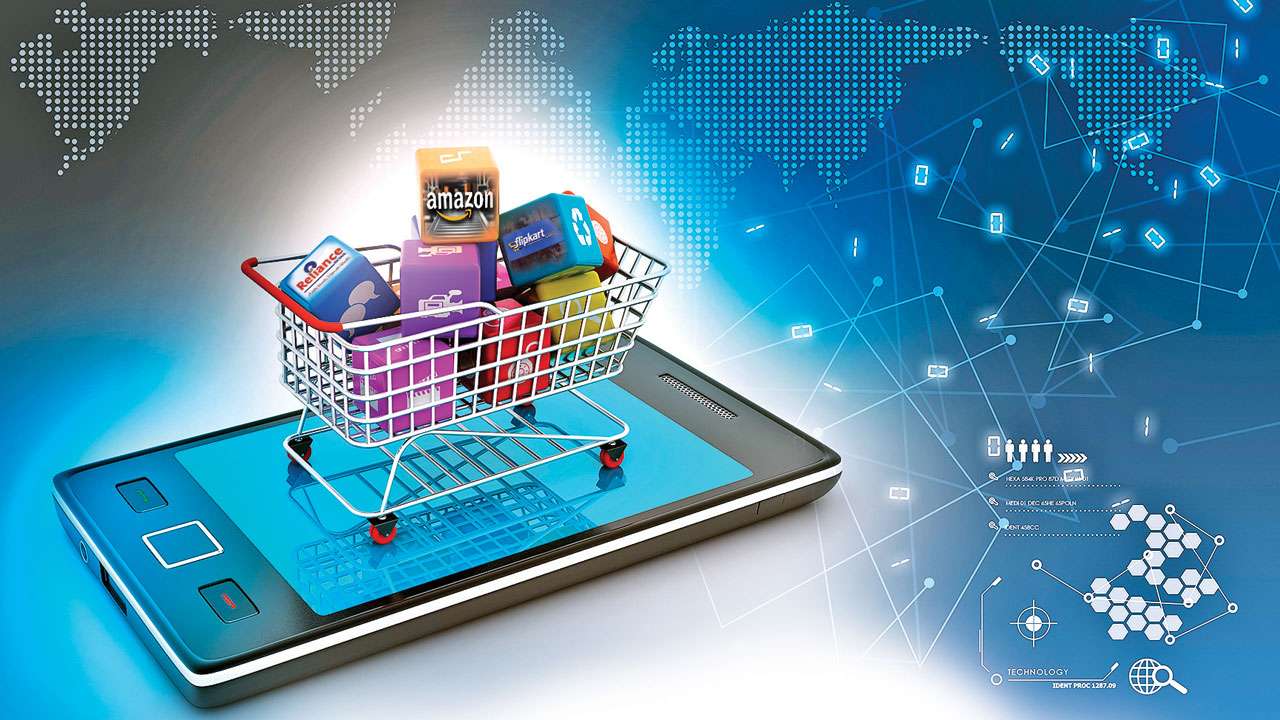In little more than two decades, e-commerce has moved from a novel experiment to a fundamental pillar of global commerce. What began with a few online marketplaces selling books and electronics has now reshaped how billions of consumers interact with brands, products, and even the idea of shopping itself. As technology advances and consumer expectations grow sharper, e-commerce is entering a new era—one that transcends convenience and embraces a more immersive, personalized, and experience-driven landscape.
The Transformative Journey of E-commerce
When we look back at the earliest days of online shopping, the allure was simple: buy from the comfort of home. The ability to browse catalogues online without stepping outside was groundbreaking enough to attract early adopters. However, the limitations were equally clear—slow internet speeds, limited product range, and high concerns regarding payment safety. Over time, innovation addressed these barriers, creating a foundation of trust and expanding the reach of digital marketplaces.
Today, e-commerce is no longer just “shopping online.” It is a fully integrated method of living, designed to adapt to the way people discover, evaluate, and emotionally connect with products. With the fusion of data analytics, artificial intelligence, and global supply chains, what used to be a transactional exchange has evolved into a personalized relationship between brands and consumers.
Key Drivers Behind E-commerce Growth
Several forces have sped up this transformation:
-
Smart Devices and Connectivity: With smartphones in every pocket, the concept of “shop anywhere, anytime” has become second nature.
-
Consumer Confidence in Digital Transactions: Secure payment gateways, easy refunds, and buyer protection programs have removed much of the hesitation around e-commerce.
-
Social Influence and Communities: Social media has turned discovery into an interactive experience, where trending products are shared, reviewed, and discussed in real time.
-
Technological Innovations: AI-powered personalization, AR/VR fitting rooms, and voice-assisted shopping give consumers more immersive and convenient ways to engage.
-
Global Logistics Evolution: Faster, more reliable delivery networks have significantly shortened waiting times, making digital shopping as immediate as walking into a physical store.
From Efficiency to Experience
It is no longer enough for an online store to simply deliver goods quickly and reliably. Consumers today look for value beyond the product itself. The e-commerce platforms that are thriving are those that craft holistic experiences:
Personalization at the Core
Instead of recommending generic items, modern e-commerce platforms use data insights to create deeply personal shopping journeys. When a consumer logs in, they increasingly expect a tailor-made catalog aligned with their unique behaviors and preferences. This shift has made browsing itself feel curated, engaging, and rewarding.
The Rise of Experiential Shopping
Augmented reality technology now allows customers to visualize how furniture might look in their homes or how cosmetics will appear on their skin before making a purchase. This practical interaction replaces uncertainty with confidence, while simultaneously adding delight to the process.
Sustainability as a Deciding Factor
As climate consciousness grows, sustainability is more than a trend—it’s an influential decision-making factor for consumers. Packaging, sourcing, and logistics that prioritize environmental responsibility are increasingly favored, and brands that fail to adapt risk losing long-term credibility.
Challenges on the Horizon
For all the success of e-commerce, significant challenges lie ahead:
-
Data Security Risks: With data-driven personalization comes the immense responsibility of protecting consumer information from misuse or breaches.
-
Intense Competition: The low barriers to entry mean thousands of online stores emerge daily, making differentiation more crucial than ever.
-
The Balance Between Automation and Humanity: As chatbots and AI assistants proliferate, brands must ensure that their customer support still feels empathetic, not mechanical.
-
Global vs. Local Dilemmas: Consumers increasingly expect global variety but also demand local authenticity, putting pressure on businesses to operate effectively at both scales.
The Future of E-commerce: Where We’re Headed
Looking forward, e-commerce will likely take its strongest strides in redefining “the experience.” Several promising shifts can already be seen taking shape:
Hyper-Personalization through AI
Imagine a shopping environment where product suggestions are not only tailored to your tastes but dynamically aligned with your current mood, lifestyle changes, or even future aspirations. Advanced AI algorithms are making this vision a reality, allowing businesses to anticipate needs rather than merely respond to actions.
Immersive Virtual Marketplaces
The metaverse, though still evolving, is poised to play a vital role in the next stage of commerce. Virtual malls where customers can navigate, interact, and make purchases in shared digital experiences could soon complement or even replace traditional websites.
Frictionless Commerce
The checkout process as we know it may gradually dissolve. Biometric payments, invisible transactions, and one-click digital wallets promise to make the end of the buying journey so seamless that consumers might hardly notice it happening.
Integration of Social and Emotional Shopping
Shopping has always been social at heart. Emerging trends now weave entertainment and community into online retail—be it through live-stream shopping events, influencer collaborations, or community forums where peer recommendations carry as much weight as advertisements.
Strategies for Brands to Stay Relevant
E-commerce’s rapid growth creates both enormous opportunities and unforgiving risks. To stand firm amid these shifts, brands should consider:
-
Building authentic communities around the brand, not just customers.
-
Investing in customer experience design as much as product quality.
-
Embracing transparency about supply chains, sustainability, and policies.
-
Leveraging omnichannel approaches, ensuring digital and physical touchpoints blend fluidly.
-
Adopting adaptive technologies early, from AI engagement tools to next-generation logistics.
Conclusion: The Human Essence in a Digital Age
At its heart, e-commerce is not only about technology or efficiency—it is about people. Every successful interaction in the digital marketplace comes down to understanding human desire, convenience, curiosity, and trust. As we look to the future, it is clear that the most successful e-commerce journeys will not be those that are the fastest or the cheapest, but those that combine innovation with empathy, technology with storytelling, and commerce with human connection.






